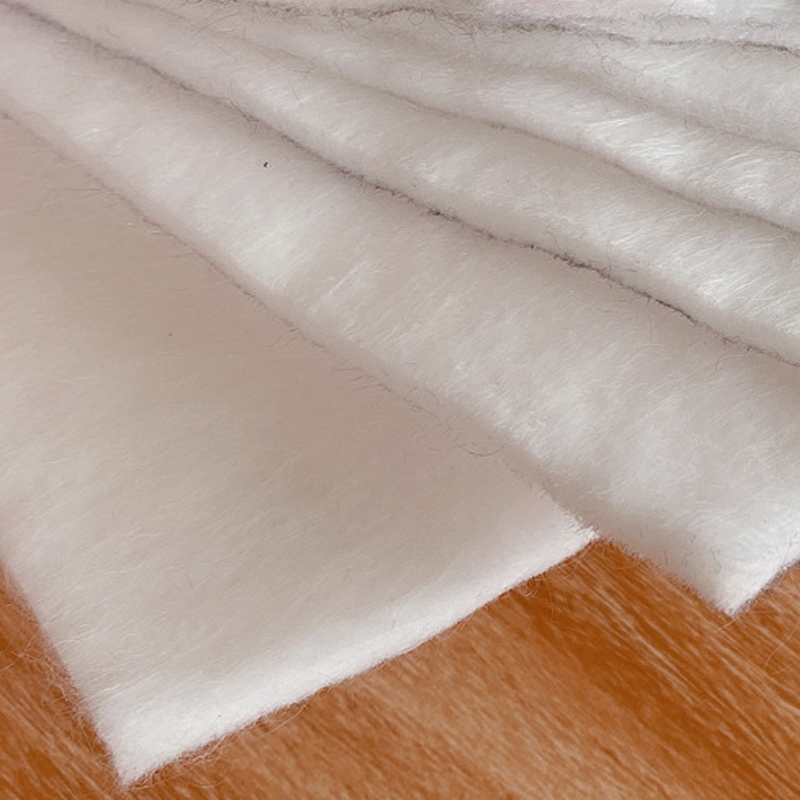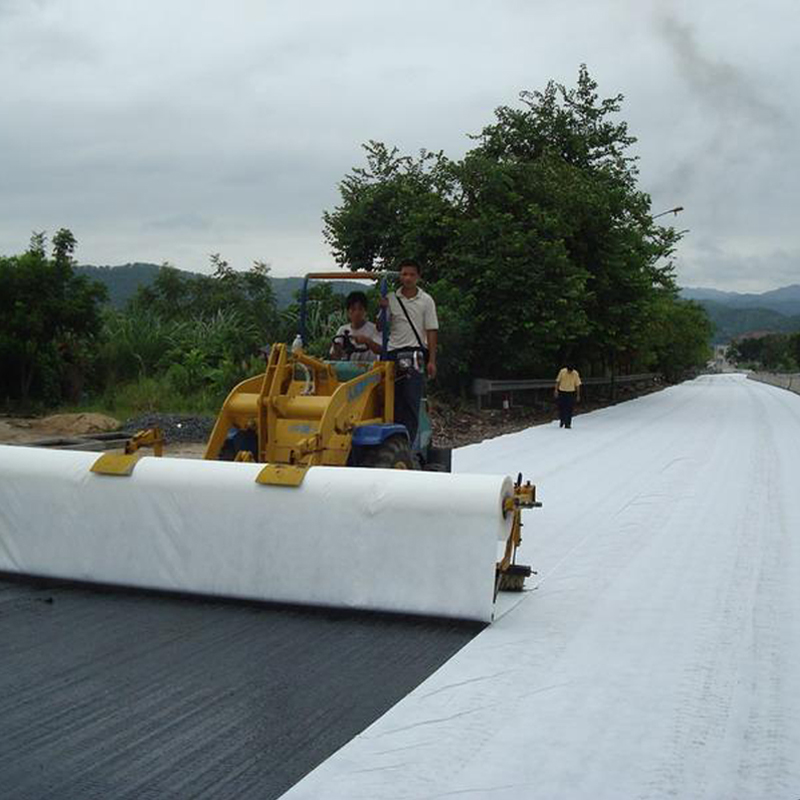In modern civil engineering and construction projects, nonwoven geotextile fabric is highly favored for its excellent performance and versatility. Nonwoven geotextile fabric provides reliable solutions to ensure project success, whether used in drainage systems or as geotextile material.
Characteristics of Nonwoven Geotextile Fabric
Nonwoven geotextile fabric is made from synthetic fibers through mechanical, chemical, or thermal bonding processes. Its main characteristics include:
– **High Permeability**: Nonwoven geotextile fabric has excellent permeability, effectively removing excess water from the soil and preventing waterlogging and soil erosion.
– **High Strength**: This material has high tensile strength and durability and can withstand the pressure from soil and other materials.
– **Chemical Resistance**: Nonwoven geotextile fabric is resistant to most chemicals, making it suitable for various environmental conditions.
Applications of Nonwoven Geotextile Fabric in Drainage Systems
Nonwoven geotextile fabric is widely used in drainage systems in the following ways:
1. **Subsurface Drainage Systems**: Nonwoven geotextile fabric can be used as a filter layer to prevent soil particles from entering drainage pipes while allowing water to pass through freely, ensuring the smooth operation of the drainage system.
2. **Road and Railway Drainage**: In road and railway construction, nonwoven geotextile fabric is used as a drainage layer to prevent water accumulation in the subgrade, extending the service life of roads and railways.
3. **Dam and Slope Drainage**: In dam and slope projects, nonwoven geotextile fabric effectively removes water from the soil, preventing soil slippage and erosion.
300g/m² Nonwoven Geotextile Fabric
For applications requiring higher strength and durability, 300g/m² nonwoven geotextile fabric is an ideal choice.
This geotextile fabric not only has higher tensile strength but also maintains its performance under harsh environmental conditions.


